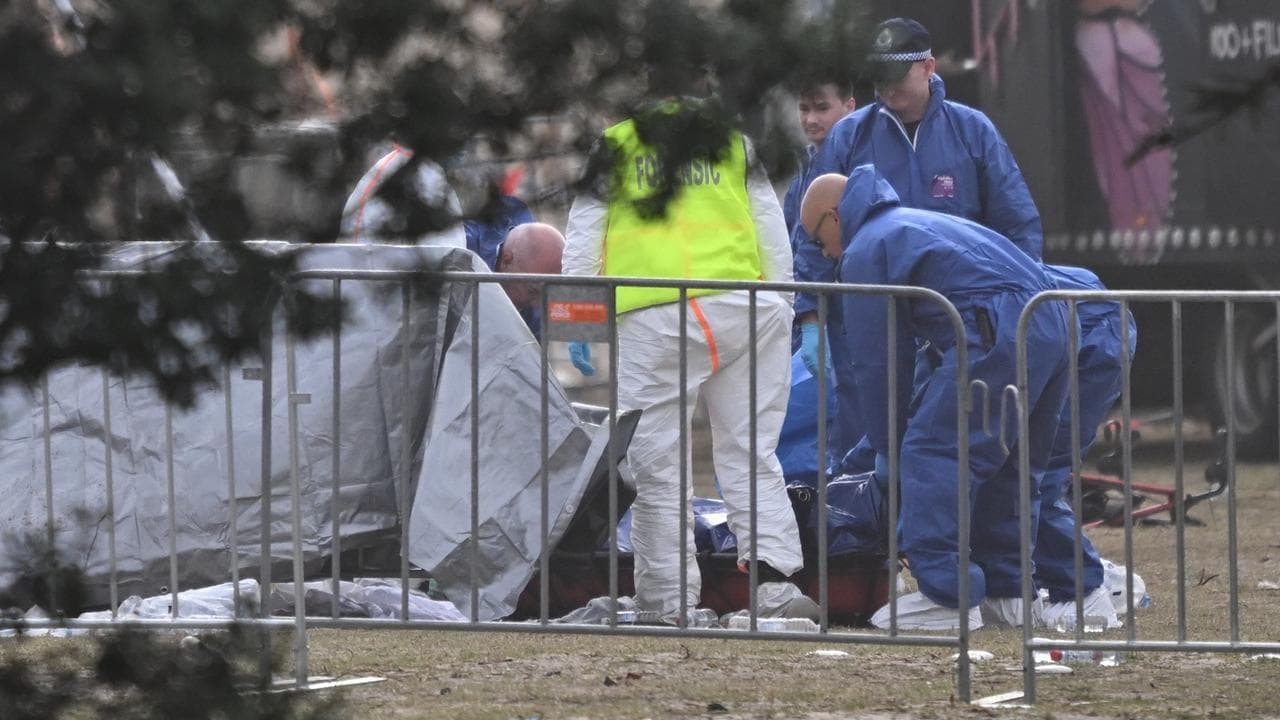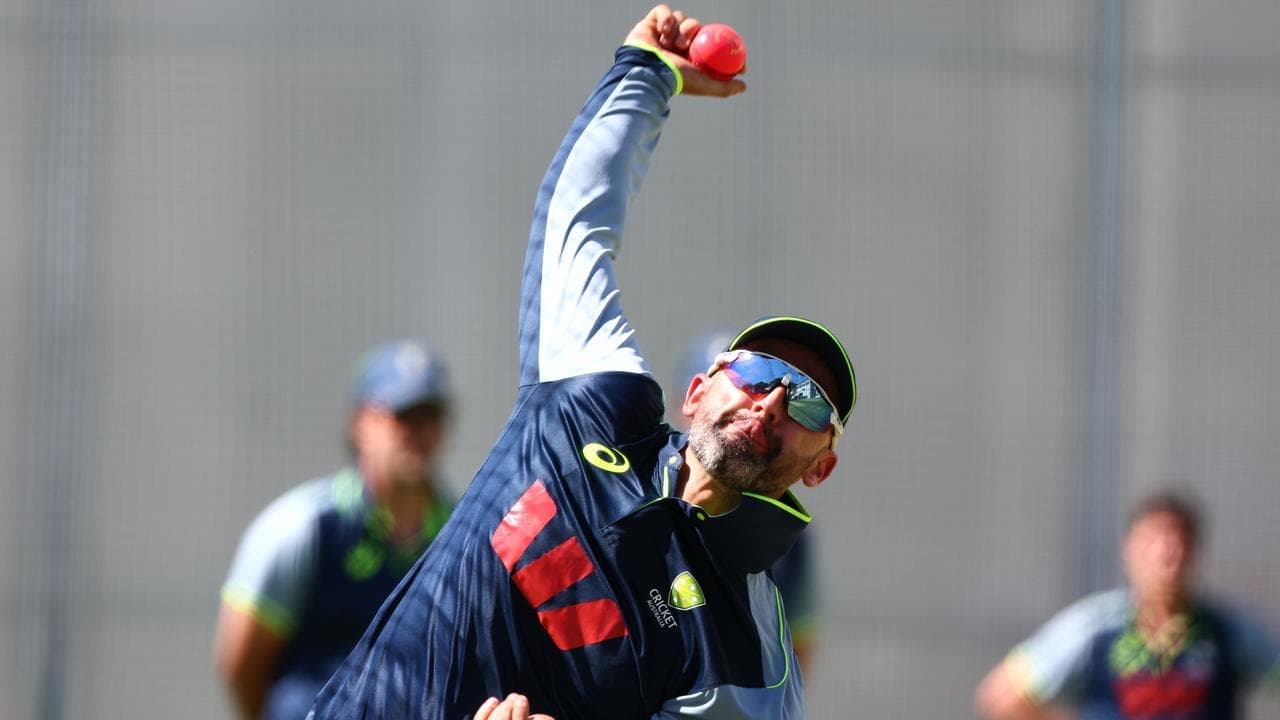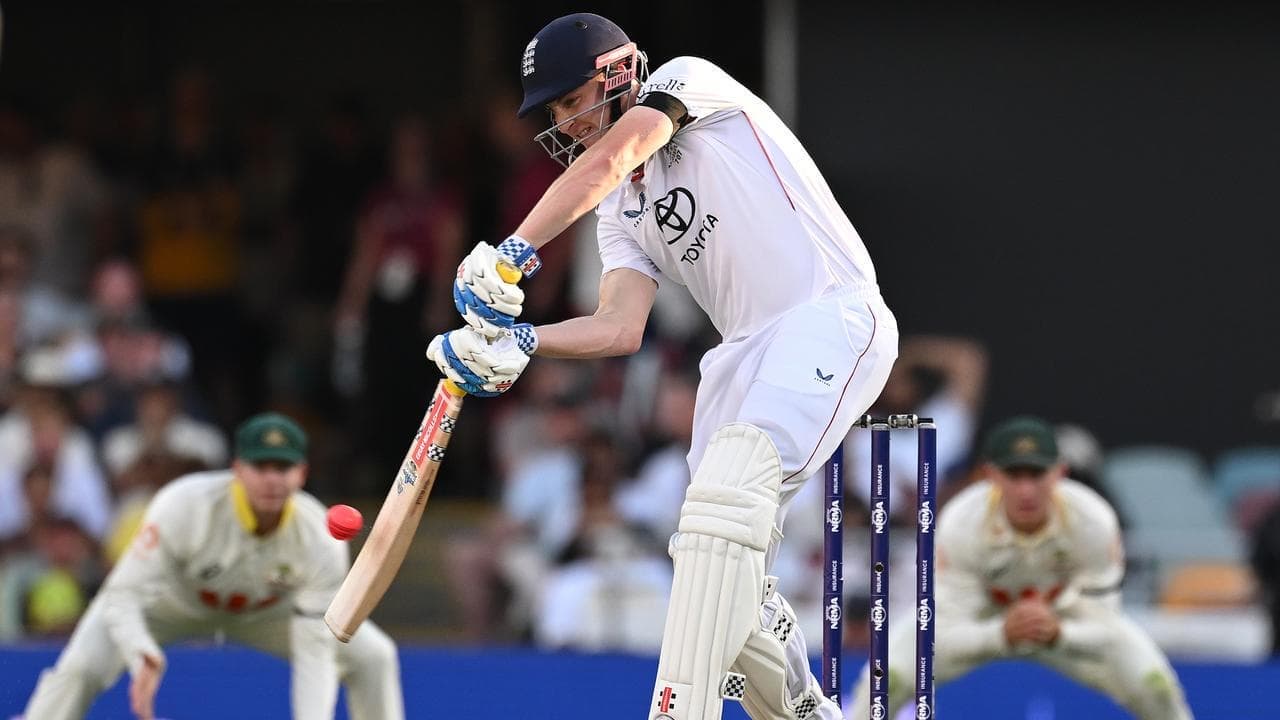The Statement
A meme labelled "Facts101" makes several claims about COVID-19 treatments and survival rates.
"The CORONA VIRUS is so deadly the #1 treatment is to go home for 14 days until it goes away on its own," the widely shared meme says.
"(99.6% survivable with no treatment whatsoever)," it adds.
One example of the meme, shared by a Facebook user in Australia on October 29, had been shared more than 200 times at the time of writing, while other posts containing the meme date back to at least October 13.
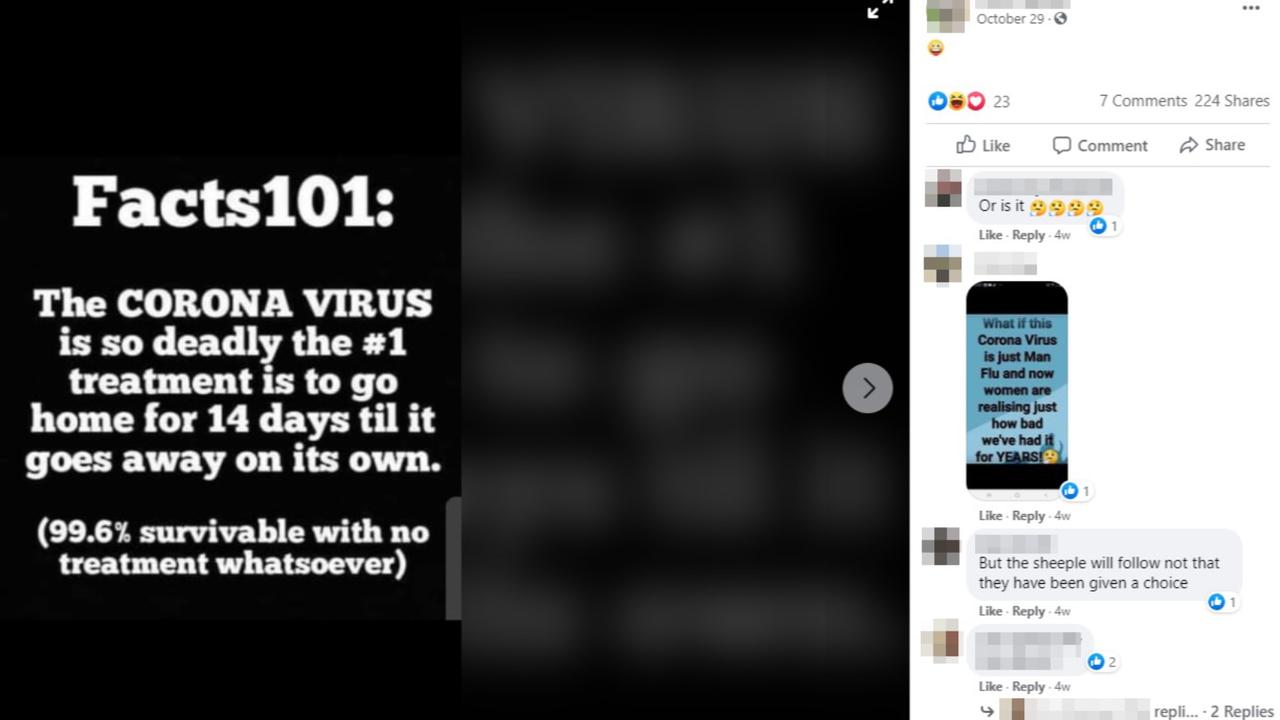
The Analysis
The post makes two claims about the coronavirus pandemic: that the top treatment is staying at home, and nearly all of those infected with COVID-19 survive without any treatment.
While the still unfolding nature of the pandemic makes it difficult to determine COVID-19's ultimate impact on patients, the post falters under scrutiny.
It claims that "the #1 treatment" for the disease is staying at home for 14 days "until it goes away".
However, Gideon Meyerowitz-Katz, an epidemiologist from the University of Wollongong, said staying at home isn't "the number-one treatment" for many people with COVID-19.
"It's certainly not true to say that the best treatment is to sit at home, especially for people requiring intensive support," he told AAP Factcheck via email.
"Hospitals don't fill up with people who are happily sitting at home, and that while there are asymptomatic infections - about 20 per cent of all infections according to current best evidence - many people have quite severe illness even if they survive."
According to data from The Atlantic's COVID Tracking Project, 98,691 people were hospitalised with COVID-19 in the US alone on December 1, the highest figure since the start of the pandemic.
Many of these people are likely to die, although studies have shown that the fatality rate among those requiring hospital treatment has fallen significantly as the pandemic has progressed.
One New York hospital study found adjusted mortality rates among hospitalised patients fell from 25.6 per cent in March to 7.6 per cent in August.
In an article on The Conversation, University of California professor of clinical medicine Monica Gandhi said the decline in hospital deaths was mainly due to improvements in COVID-19 treatments since March, including the use of the antiviral drug remdesivir and the steroid dexamethasone for hospitalised patients.
Dr Michael Maze, an infectious disease and respiratory physician at the University of Otago, told AAP FactCheck that while staying at home and quarantining is the advice for those who are mildly affected, it's not recommended for all.
"(The post) does ignore the fact that there are proven treatments for those with severe disease (e.g. dexamethasone and remdesivir), and that intensive supportive care is needed for many too," he said in an email.
The post also claims that the virus is "99.6% survivable" without treatment, however the chance of a person with COVID-19 dying as a result of the illness is unclear due to the ongoing nature of the pandemic, as previously explained by AAP FactCheck.
The Johns Hopkins University Mortality Analyses placed the death rate among observed cases of COVID-19 at two per cent in the United States and 3.6 per cent in the United Kingdom on December 1. These figures do not allow for undiagnosed cases or uncounted deaths and vary widely from country to country.
An analysis of infection fatality rates - the proportion of deaths among all likely infected people - published in the British Medical Journal (page 1) in August predicted death rates would range from 0.43 per cent in western sub-Saharan Africa to 1.45 per cent in Eastern Europe based on the countries' demographics and health systems.
The World Health Organization has written about the difficulty of pinning down the COVID-19 death rate, noting that delayed reporting and lack of testing for mild and asymptomatic cases complicate the process.
Mr Meyerowitz-Katz, who has written for the International Journal of Infectious Diseases on COVID-19 fatality rates, said the overall death rate for the disease was "certainly" higher than the 0.4 per cent claimed in the post.
"It's more like 0.7 per cent-plus in most developed countries, and is highly dependent on age. A 20-year-old has a one in 10,000 risk of death, but for a 60-year-old it's closer to one in 100 and for those above 80 it's nearly one in 10," he said.
Dr Craig Dalton, a clinical epidemiologist from the University of Newcastle, said based on Australia's COVID-19 figures - 908 deaths and 27,912 cases as of December 1 - it was "fair to say 97 per cent will survive", although he also noted that scientists were still studying the disease's long-term effects on survivors.
"A proportion (of patients) of course will have had a horrible time in ICU and post-ICU traumatic distress, many will have lungs that do not work as well and we are still investigating long-term cognitive impacts of the illness," he told AAP FactCheck in an email.
Nevertheless, Dr Maze said the post was "right in principle" that the vast majority of people infected with the virus will survive.
"COVID-19 is not a death sentence on an individual level for young healthy people … the concern is when large numbers of people get it at once, a lot will die and that for some groups the risk of death is much higher," he said.
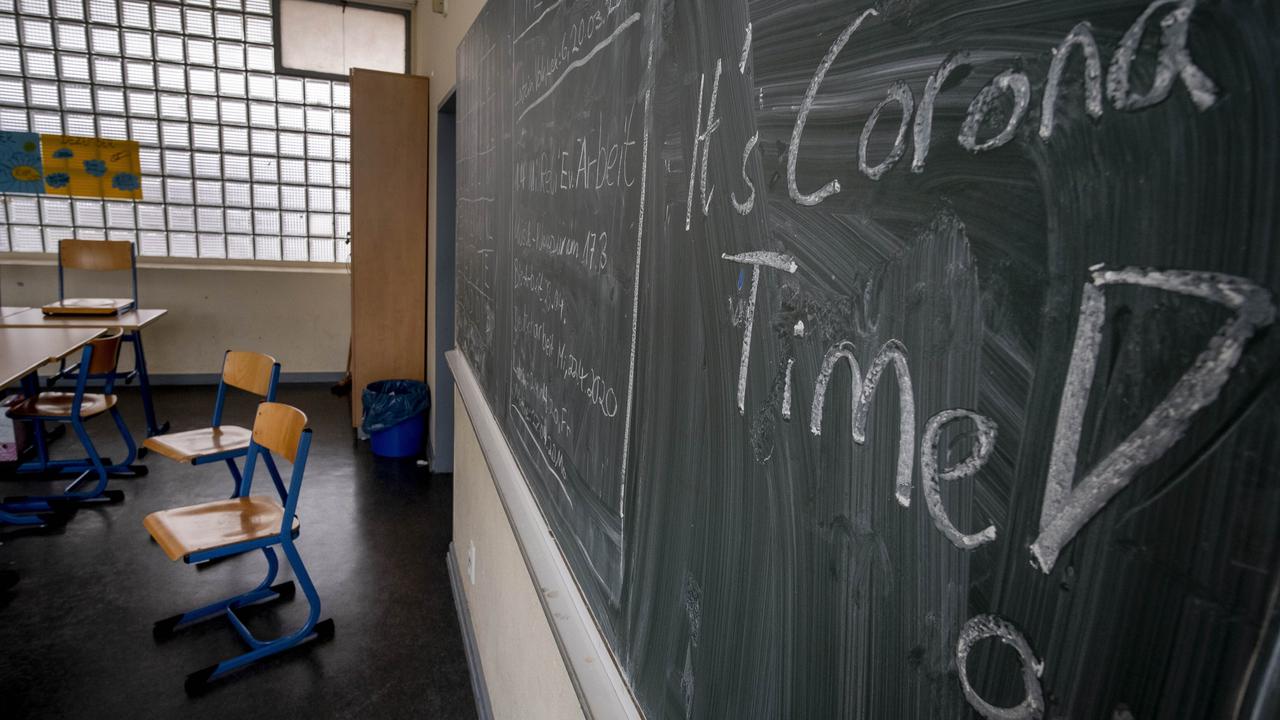
The Verdict
The meme included in the Facebook post contains inaccurate and misleading claims. While it is true that many COVID-19 cases do not result in serious symptoms, others require hospital care and it is deceptive to say the top treatment is to "go home for 14 days" while the virus goes away.
It is false to state that COVID-19 is "99.6% survivable with no treatment". Estimates of death rates due to the illness vary, however the overall mortality rate is likely to be above 0.4 per cent, experts say. This figure would also be higher if large numbers of patients did not receive effective hospital treatment.
Partly False – Content that has some factual inaccuracies.
* AAP FactCheck is accredited by the Poynter Institute's International Fact-Checking Network, which promotes best practice through a stringent and transparent Code of Principles. https://aap.com.au/







